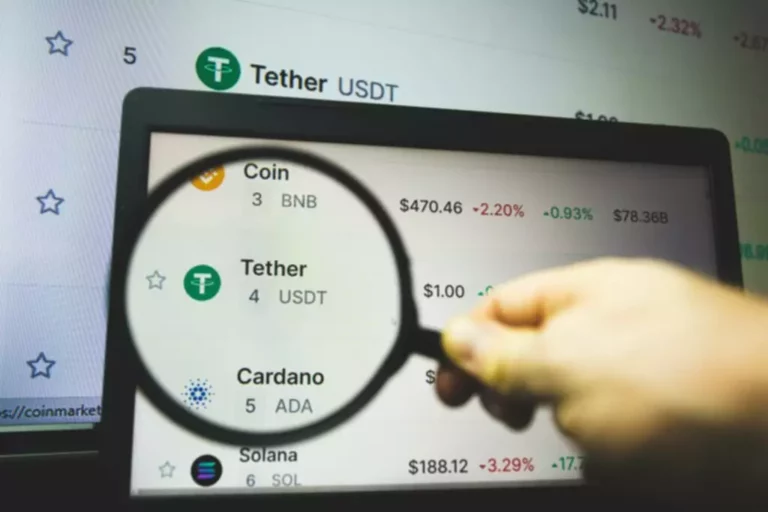Ddi_dma_mem_free(9F) is used to free the reminiscence allotted by ddi_dma_mem_alloc(9F). Certain hardware platforms prohibit DMA capabilities in a bus-specific means. Drivers ought to use ddi_slaveonly(9F) to discover out if the device is in a slot by which DMA is feasible. As we’ve seen over the previous a long time, having specialized hardware is highly fascinating for certain duties.
In these present channels, the channel must be given the very best precedence to be determined by the Priority Encoder. Each channel within the 8237 DMA Controller needs to be programmed separately. At times the movement of price graph in relation to the DMA is choppy. There whipsaws on the chart, which means fast intersections of value and MA line, which make it tough to determine the buy and sell signals.

Some measures should be provided to put the processor into a maintain condition so that bus competition doesn’t happen. In this section of the tutorial, we are going to discover the STM32 ADC peripheral in DMA mode by interfacing with three potentiometers. We will connect the three potentiometers to a few of the ADC channels (ADC 1) and gather the information from the three channels on the identical time through the use of the DMA controller with out interrupting the processor. We will show the value of the ADC Channels in a serial terminal software (like Tera Term) of the computer through the use of UART. Using DMA can tremendously improve the performance of a microcontroller, especially in eventualities the place frequent and high-speed data transfers are required, corresponding to audio processing from ADC, information logging, or communication protocols like UART, SPI, or I2C.
Both features return DDI_DMA_PARTIAL_MAP if a window could be established. However, the system might allocate sources for the complete object (less overhead), by which case DDI_DMA_MAPPED is returned.
Performing Bus-master Dma Transfers
The driver should examine the return worth (see Example 8–7) to determine whether or not DMA home windows are in use. A DMA window has attributes offset (from the start What is Direct Market Access of the object) and length. After a partial allocation, solely a spread of length bytes starting at offset has resources allocated for it.
- A easy way of transferring the info between the peripheral gadget and main reminiscence is to use the principle processor to perform load or store operations for every byte or word of knowledge to be moved.
- Direct Memory Access uses hardware for accessing the reminiscence, that hardware is called a DMA Controller.
- Additionally, ddi_dma_sync(9F) flushes or invalidates stale cache references as necessary.
- Many embedded methods have inside and external interfaces that produce or eat information.
- support bodily DMA, the return value from ddi_dma_alloc_handle(9F) shall be DDI_DMA_BADATTR.
The DMA controller operates independently and can switch data in varied modes, corresponding to single, circular, or burst mode. It can switch data to or from peripherals, reminiscence, or even between different memory places. Once the attributes of the transfer have been set the transfer is ready to start. If this is carried out under software control, the processor writes to a control register within the DMA controller to begin the switch.
Direct Memory Entry
The CPU processes an instruction, then the DMA controller transfers one data value, and so on. Data is not transferred as shortly, however CPU isn’t idled for so long as in burst mode. Cycle stealing mode is useful for controllers that monitor knowledge in real time. While a burst transaction is going on the processor won’t be able to access the system bus. However, preventing the processor from accessing the system bus – for instance to fetch new instructions or knowledge from exterior memory – may trigger it to stall, which can reduce the system performance. To minimise the results of this problem, the DMA controller may release the bus after a fixed number of burst transactions or when a pre-determined bandwidth restrict has been reached.
However, if the identical object is always used, the resources could be allotted once and regularly reused as long as there are intervening calls to ddi_dma_sync(9F). If the reminiscence just isn’t correctly aligned, the transfer will succeed but the system will select a unique (and probably less efficient) switch mode that requires fewer restrictions. For this reason, ddi_dma_mem_alloc(9F) is most well-liked over kmem_alloc(9F) when allocating reminiscence for the gadget to access. Example 8–3 reveals how to allocate IOPB memory and the mandatory DMA resources to entry it. DMA resources must nonetheless be allotted, and the DDI_DMA_CONSISTENT flag must be handed to the allocation function.
Ml & Information Science
But the processor and several DMA gadgets might have to make use of the bus at the same time to access the principle reminiscence. So to resolve this dispute and arrange the actions of the DMA units which may be frequently requesting to transfer data, a process known as arbitration is carried out on the pc bus. Some peripheral units have their very own built-in DMA controller, that means that they will take over the system bus and perform DMA transfers while not having a separate system DMA controller.
Devices that can take over the system bus are often identified as bus masters or units which have bus mastering capabilities. Typical examples are disk controllers, Ethernet controllers, USB controllers, and video controllers. Usually the DMA controller constructed into these devices can only move data between the gadget itself and main memory – that is, it’s not meant for use as a general system DMA controller. In order to for the system to function on the information (decode a message, produce the next frame of a video, ship knowledge to a distant server, etc.) the information should normally be in the system primary memory to permit the principle processor to access it. A simple means of shifting the information between the peripheral gadget and major reminiscence is to use the principle processor to carry out load or store operations for each byte or word of knowledge to be moved. The processor should anticipate the peripheral to be ready before transferring every byte or word, which may be accomplished by polling a standing register or by dealing with a “ready” interrupt from the system.
The system bus arbitration logic then determines which bus grasp will subsequent have access to the bus and when the DMA switch will continue with the subsequent block. The number of bus masters and their relative precedence is a wider system design problem that gained’t be addressed right here. However, if the system must perform large DMA block transfers the system designer needs to fastidiously work out the bus bandwidth necessities to make sure there aren’t any efficiency bottlenecks in the hardware or software program design. Normally there are multiple general-purpose exterior units linked to the bus.
If the system doesn’t support bodily DMA, the return worth from ddi_dma_alloc_handle(9F) shall be DDI_DMA_BADATTR. In this case, the driving force has to clear DDI_DMA_FORCE_PHYSICAL and retry the operation.
This article focuses solely on DMA mode with unknown knowledge size to receive. Line size the number of bytes to transfer from each line (this could also be less than the stride). To assess the benefits and penalties of using DMA it is necessary to know what is going on on the hardware degree. In the first part of this two part article we will have a glance at why DMA is used and the advantages it could possibly deliver for total system performance. This requires some further code within the drivers detach(9E) routine, because it should not return DDI_SUCCESS if there are any outstanding callbacks. (See Example 8–6.) When DMA callbacks occur, the detach(9E) routine must wait for
The processor of a computer performs lots of functions together with knowledge switch between the external units and major reminiscence. From initializing the data switch to storing it on the destination in the main reminiscence, all the processing is managed by the CPU. As the CPU is initiating, it might be the case that the processor would not pay consideration to the external I/O device which is prepared for knowledge switch which will result in knowledge loss. DMA transfers can take completely different forms depending on the hardware design and the peripheral units involved. The easiest is a often identified as a single-cycle DMA switch and is usually used to switch knowledge between devices similar to UARTs or audio codecs that produce or eat knowledge a word at a time. In this situation the peripheral system makes use of a control line to sign that it has information to transfer or requires new knowledge.
On the opposite hand, when the worth is under the road of moving average, it’s normally an indicator of a downtrend. Higher knowledge throughput – a given processor may be able to handle extra external interfaces at higher data charges, or a low-end processor may have the power to deal with more difficult interfaces such as Ethernet or USB. If the one mapping that concerns the motive force is one for the kernel (such as memory allocated by ddi_dma_mem_alloc(9F)), the flag DDI_DMA_SYNC_FORKERNEL can be utilized. If the system can synchronize the kernel’s view quicker than the CPU’s view, it’ll accomplish that; otherwise, it acts the identical as DDI_DMA_SYNC_FORCPU.

Further, out of those DMA peripherals, the quicker ones are at top priority. So, the way a DMAC is programmed and caters to this example is necessary. It determines the number of occasions it might possibly switch information, what number of reminiscence allocations it can entry, and what type of switch mode the DMA controller is utilizing. DMAC is connected to a fast system bus which is the one medium of transfer. The Disk controllers authorize the disks and have DMA potential and can perform impartial features like the DMAC.
